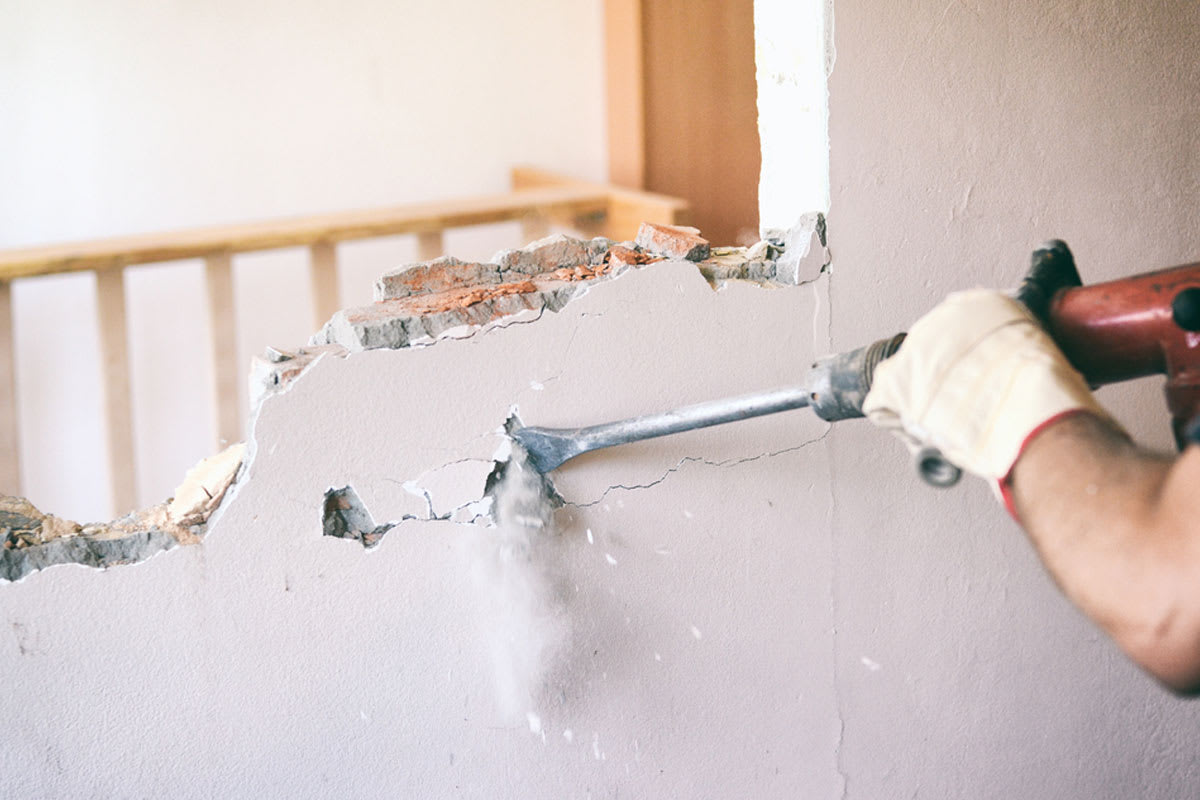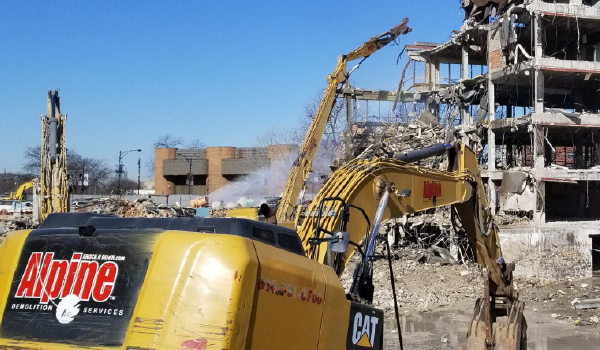Improving Operations: Devices and Equipment for Interior Demolition
The Ultimate Guide to Interior Demolition Techniques and Tools
Within the realm of interior improvements, the art of demolition is a critical stage that needs precision, ability, and the right collection of devices. Whether you are a seasoned professional or a DIY lover, comprehending the details of indoor demolition strategies can make all the distinction in attaining an effective task end result. As we browse via the subtleties of this thorough overview, we will certainly uncover crucial devices, safety procedures, and specialist strategies that are indispensable when starting the journey of transforming a room. Remain tuned to find the crucial insights that can raise your demolition prowess to new heights.
Necessary Indoor Demolition Tools
When embarking on interior demolition jobs, having the ideal tools is necessary for efficiency and safety. One of the most vital tools for interior demolition is the demolition hammer. This durable device is developed to damage through hard products like drywall, concrete, and ceramic tile.
Another vital device is a reciprocating saw, which is perfect for cutting with a range of products such as metal, timber, and plastic. Its capability to make specific cuts in tight areas makes it excellent for demolition work. An utility knife is essential for cutting materials like carpet, vinyl flooring, and insulation. Its sharp blade makes sure tidy and exact cuts, promoting the elimination of undesirable products. On the whole, having these essential interior demolition tools will considerably improve the effectiveness and security of any type of demolition job.

Security Precautions During Demolition

Furthermore, all employees associated with the demolition procedure need to obtain ample training on the correct handling of devices and devices to reduce mishaps. It is vital to protect the workplace by putting up indications and barriers to stop unapproved accessibility - interior demolition. Routinely examining and maintaining devices and equipment can likewise add to a safer working setting. By sticking to these safety precautions, indoor demolition jobs can be executed efficiently while focusing on the wellness of all individuals entailed.
Methods for Removing Wall Surfaces
Applying appropriate safety precautions during indoor demolition tasks is crucial for developing a protected functioning environment, and one vital aspect of such jobs involves understanding techniques for getting rid of walls. One frequently used technique is hand-operated demolition, which requires using basic hand devices such as sledgehammers, crowbars, and utility blades to thoroughly dismantle the wall item by piece. This method enables greater control over the demolition procedure, especially in delicate locations where precision is necessary.
For larger, a lot more complex wall surfaces, mechanical demolition may be needed. This entails using heavy equipment like bulldozers or excavators to knock down wall surfaces efficiently. It is important to make sure that the structural stability of the structure is not compromised during mechanical demolition.
An additional technique for eliminating wall surfaces is deconstruction, where the wall is taken apart in a way that preserves recyclable products. This lasting approach is eco-friendly and can additionally aid lower disposal prices. Whichever strategy is used, it is necessary to my blog follow proper safety protocols and take into consideration the architectural effects of wall surface elimination to make certain an effective indoor demolition task.
Removing Floor Covering Like a Pro
Successfully removing flooring during indoor demolition calls for the correct devices and strategies to make sure a smooth and successful procedure. The primary step in eliminating flooring is to remove the area of any furnishings or barriers. Next, identify the sort of floor covering to identify the suitable elimination technique. For hardwood or laminate floor covering, begin by removing the walls and then make use of a flooring scraper to raise and remove the planks. Carpeting removal entails cutting the carpet right into workable areas and rolling it up for disposal. For floor tile or vinyl floor covering, a sculpt or floor scrape can be utilized to pry up the sheets or floor tiles. It's vital to wear safety gear such as my link handwear covers, goggles, and a mask to avoid injuries and direct exposure to dust and particles. Furthermore, having a dumpster or designated disposal area all set for the eliminated floor covering products is critical for keeping a clean workplace. By complying with these techniques and using the right devices, removing floor covering like a pro can be achieved effectively and properly.
Correct Garbage Disposal Methods
After successfully removing floor covering using the appropriate tools and techniques, the next crucial step in the interior demolition procedure is applying appropriate garbage disposal techniques. Appropriate waste disposal is vital for preserving a clean and safe work atmosphere during and after demolition. One of the key approaches for garbage disposal is segregating materials into different classifications such as recyclable, unsafe, and basic waste. This segregation guarantees that materials are taken care of appropriately and properly.

Professionals need to abide by neighborhood regulations concerning waste disposal to prevent penalties and charges. Utilizing professional waste management services can improve the disposal procedure and make sure conformity with ecological guidelines. By executing proper waste disposal methods, interior demolition tasks blog here can be finished successfully and sustainably.
Final Thought
To conclude, indoor demolition calls for making use of necessary devices and stringent security precautions to guarantee a secure and effective procedure. Methods for eliminating walls and flooring must be done carefully and efficiently to prevent any kind of damage or mishaps. Correct garbage disposal methods are also important to preserve a well organized and clean workspace. By complying with these guidelines, indoor demolition can be finished efficiently and with minimal threats.
One of the most essential devices for interior demolition is the demolition hammer (interior demolition). Generally, having these essential interior demolition tools will substantially enhance the performance and safety of any type of demolition task
Efficiently eliminating floor covering throughout indoor demolition needs the proper devices and methods to ensure a smooth and successful process.After effectively getting rid of flooring using the appropriate tools and techniques, the following important action in the interior demolition procedure is carrying out correct waste disposal methods.In final thought, indoor demolition requires the use of crucial tools and rigorous security precautions to ensure a safe and successful process.